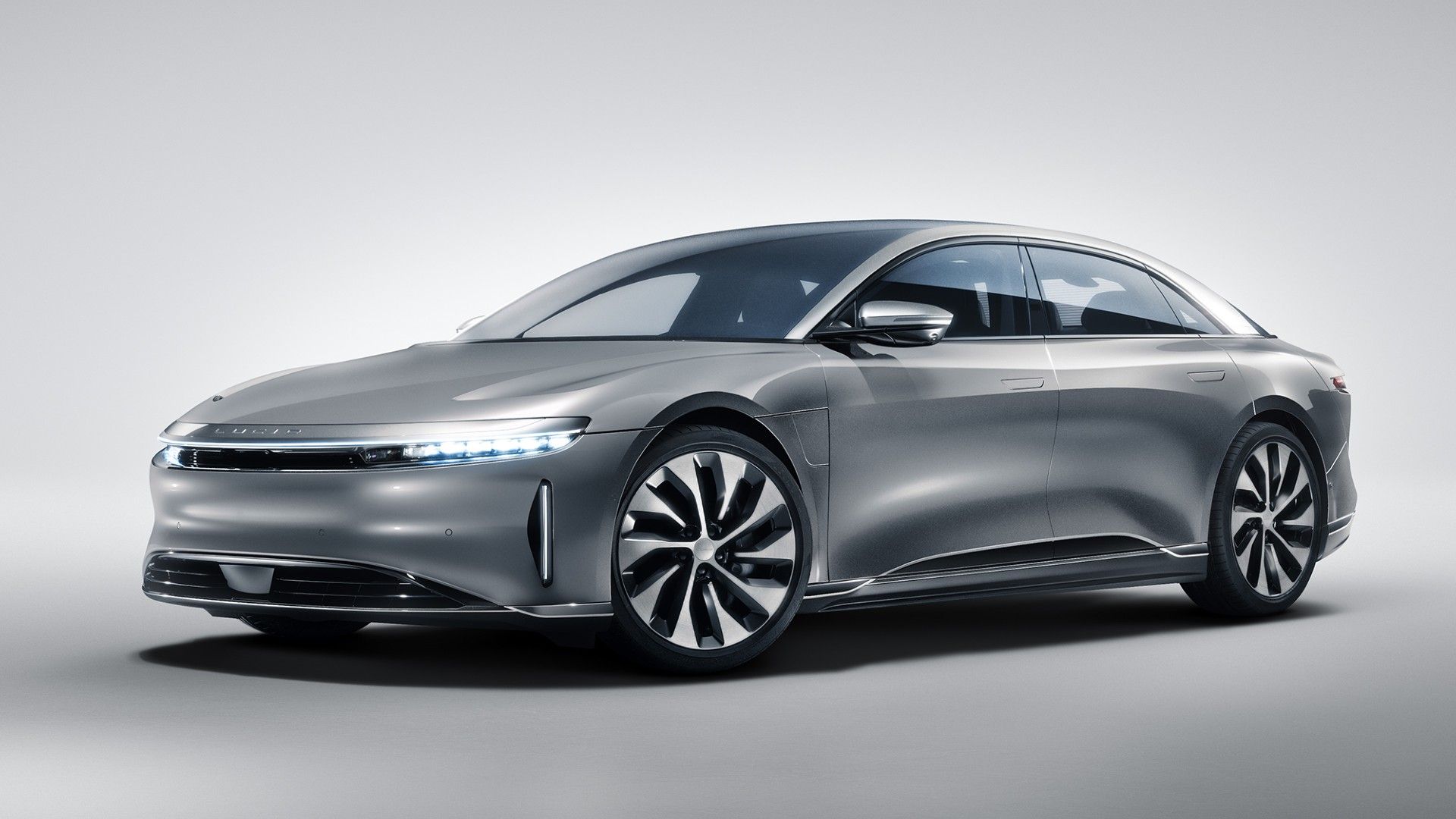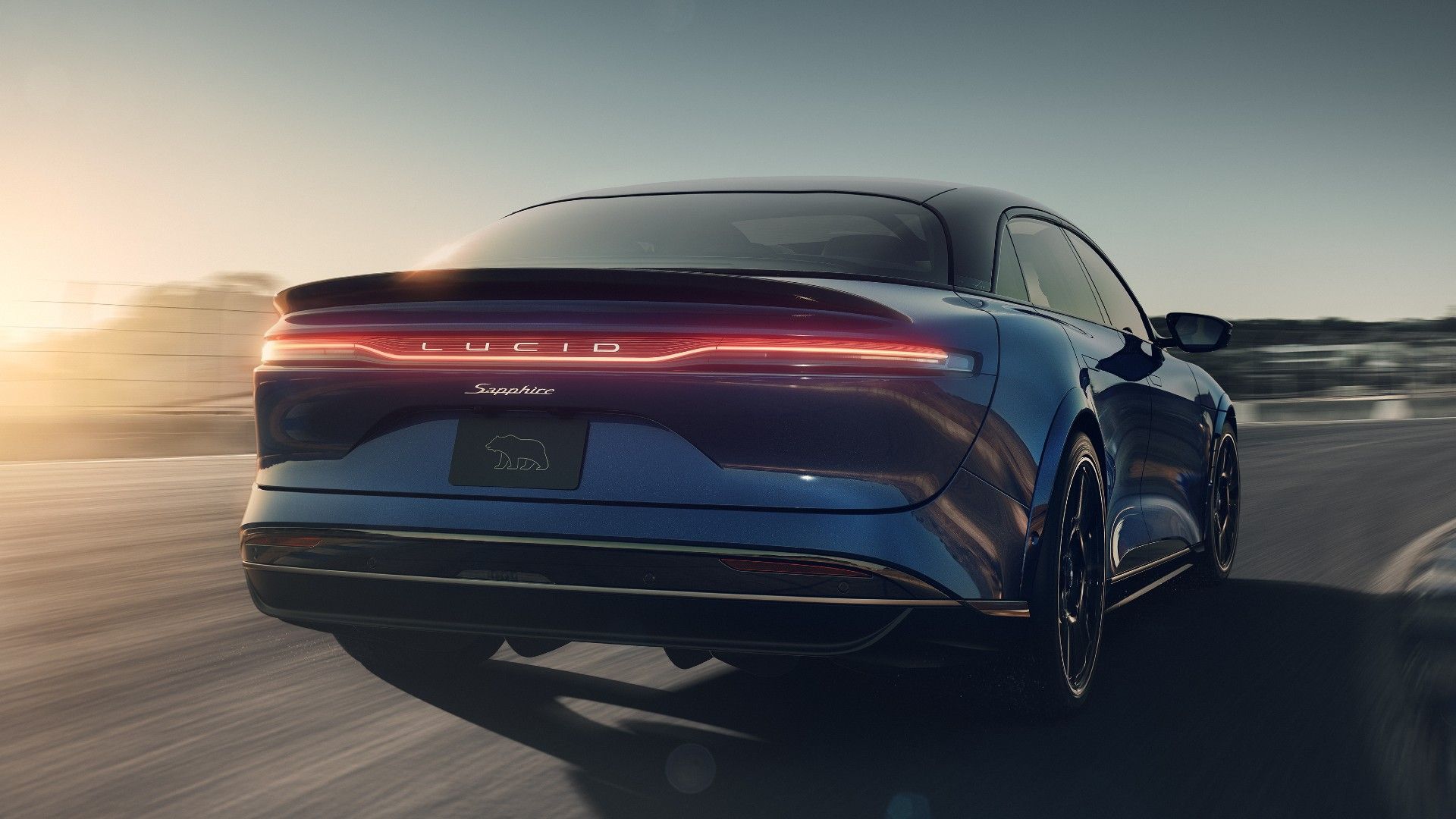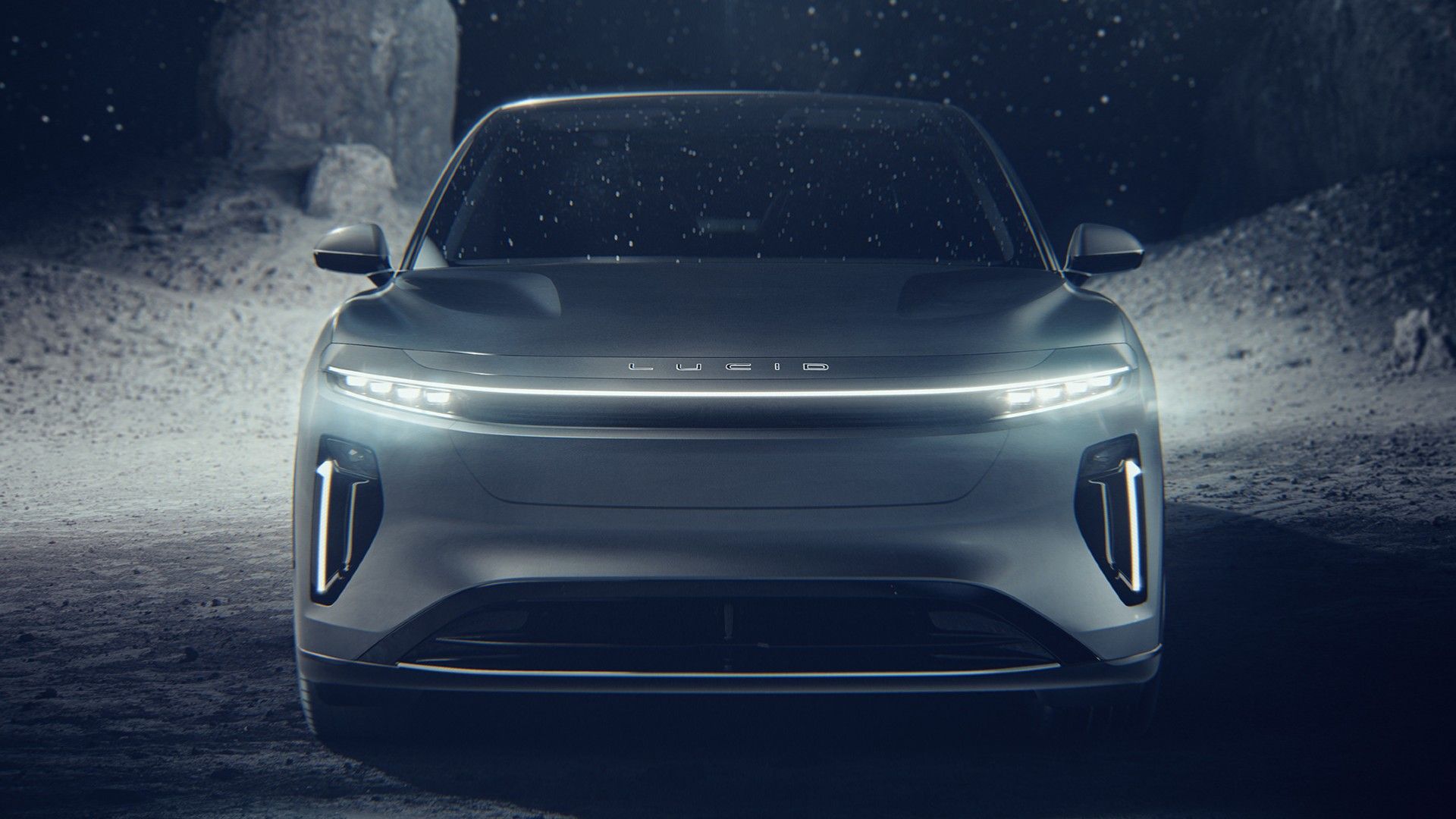An electric car’s range has always been a major turnoff for automobile consumers. Until recently, EV battery technology wasn’t capable of long-range driving with models maxing out at 200 miles. Tesla was the forerunner in mass-producing electric cars, reaching ranges of 300–400 miles. Lucid Motors, a startup also founded in California back in 2014, quickly became one of Tesla’s main competitors. Offering luxurious EV vehicles with technology similar to Tesla, Lucid needed a feature to gain the upper hand. Back in 2021, Lucid launched the Lucid Air to compete with the Tesla Model S and boasted an EV record 520-mile EPA range. Able to drive over 100 miles longer than any other EV on the market, the Lucid Air is pushing the boundaries for battery technology.
Behind the Record-Breaking Lucid Air
Lucid Motors was originally a startup under the alternative name, Atieva, and focused on developing battery technology back in 2007. Over the years, they transitioned their focus to producing electric cars and added more employees including ex-Tesla executives. Lucid Motors’ goal was to develop a luxury electric vehicle that could outperform its competition in several facets. The CEO, Peter Rawlinson, made a deal with Formula E to supply batteries for the electric race cars. The partnership allowed Lucid Motors to gain expertise in making more efficient electric batteries. Lucid produced batteries that lasted the entire duration of Formula E races which was unheard of at the time.
Lucid Motors translated the new knowledge learned from its partnership with McLaren and Formula E into its flagship model—the Lucid Air. Originally unveiled in 2016, the prototype turned heads in the EV world when it beat the Tesla Model S in a quarter-mile race and later went on to beat the Tesla Model S Plaid’s track record at Laguna Seca. Although Tesla eventually took back the crown for the fastest production EV, the Lucid Air showed off impressive performance capabilities that could not be ignored. However, the most impressive feature was the Air’s long range. In the Fall of 2021, the official EPA rating was released for two of the four Lucid Air trims. The Dream Edition Range was given an official range of 520 miles, the first EV to ever pass the 500-mile mark.
EVs With The Best Range In The U.S.
|
Model |
Range |
|
Lucid Air |
516 miles |
|
Chevrolet Silverado EV |
450 miles |
|
Tesla Model S |
405 miles |
|
Hyundai Ioniq 6 |
361 miles |
|
Tesla Model 3 |
358 miles |
The Lucid Air Dream Edition came in two trims, the Dream Edition R and Dream Edition P. The Dream Edition P was geared more towards speed and performance boasting 1,111 hp whereas the Dream Edition R was optimized for maximum range. Although the Dream Edition R “only” had 933 hp, it showed off the infamous 520-mile range compared to the Dream Edition P’s range of 471 miles. Both were released with a starting price of $169,900 and the limited 520 units produced in honor of the 520-mile record range immediately sold out. But how exactly was Lucid able to achieve the impressive range with its EV? It’s all behind the in-house technology at Lucid Motors.
Under The Skin Of The Lucid Air
It’s a known fact that EVs are distinctly heavier than gas-powered vehicles due to the electric battery. EV batteries alone weigh anything from 1000 pounds up to 3000 pounds in larger vehicles. With this in mind, Lucid Motors had to make everything else besides the battery in its car as light as possible. Using a technique seen in cars like the D-Type Jaguar, the automakers constructed the Lucid Air like an airplane. The aluminum body is formed by casting and extrusion, a process that makes the frame very rigid while also extremely light. Lucid packages its batteries in lightweight composite material and its rigid placement underneath the shell optimizes its control and efficiency for both the driver and car.
Lucid Motors’ head aerodynamicist, Jean-Charles Monnet, designed the car’s aerodynamics to maximize its range potential. Having worked previously with Red Bull’s Formula 1 car, Monnet brought F1 technology to the Lucid Air. Twin passages were added to the outside of the hood pushing the air up and over the car while small end plates are placed on the side underneath the car to funnel air to the rear diffuser. The company’s claims of being “the most aerodynamically efficient luxury car” were put to the test at Windshear’s rolling-road wind tunnel where the Air achieved a drag coefficient of 0.21. The Air features a 900-volt electrical system, compared to the industry standard 400 volts, which allows the automakers to reduce the size and weight of a number of other electrical components. Lucid was able to combine the motor, inverter, gears, and differential into a single small unit, reducing the amount of weight needed to be pushed around by the motors. This increased efficiency also allows more room for passengers inside and larger cargo space than Tesla models.
Shrinking the drive unit produces a denser magnetic field, and by optimizing the rotor magnets’ placement, the Lucid Air is able to generate more power in a motor 30 percent smaller than the Tesla Model 3’s. Lucid then is able to transfer the energy generated from its battery to its powertrain more efficiently than any other EV on the market, using 27 kilowatt-hours of power per 100 miles. An additional feature that Lucid cut inefficiencies from was the heating and cooling systems in the car. The higher voltage battery already reduces the amount of heat usually present by decreasing the power output necessary to run the cooling systems.
The battery packaging in the Lucid Air is quite different from that of its competitors. While automakers like Tesla cool their batteries from the side, requiring additional complex processes, the Lucid cools its cell from the bottom. The automakers then apply a heat-conducting adhesive when closing the module and use low resistance (in turn lower heat) wires to solder the cells to the bus bars. This simplified battery packaging process prevents the EV from overheating and allows for better cooling throughout the entire vehicle. The Air also has front air inlets designed in-house that funnel air into twin cortexes. There the air is distributed evenly over the radiator to ensure maximum cooling. Combine all of Lucid Motors’ innovative technology together, and you get the most efficient and longest-range EV ever produced with the Lucid Aid.
What’s Next For Lucid Motors?
While the company actually over-delivered its Lucid Air models producing 7,180 of the originally promised 7,000 vehicles in 2022, the increasingly popular EV company still has some obstacles to overcome in the near future. The EV industry as a whole is experiencing supply chain and logistic issues with the constant rise of material costs. Battery production costs rose by seven-percent in 2022 and it doesn’t look like it’s falling anytime soon with the current trends. The Lucid Air already saw a price increase in the middle of 2022, partly due to this problem. In spite of this, Lucid Motors’ main competitor Tesla was able to decrease prices on almost all of its models.
To remain competitive, Lucid needs to figure out how to decrease expenses as they already had to cut production in half in 2021 and 2022. Lucid also had to push back the release date of its new all-electric SUV—the Lucid Gravity. While much of its specifications are still unannounced, many expect the SUV to feature similar capabilities as the sedan boasting impressive range and performance ratings. As inflation and interest rates continue to rise, only time will tell how the popular Lucid brand will be able to combat these issues and continue to compete with the likes of Tesla and other EV automakers.


